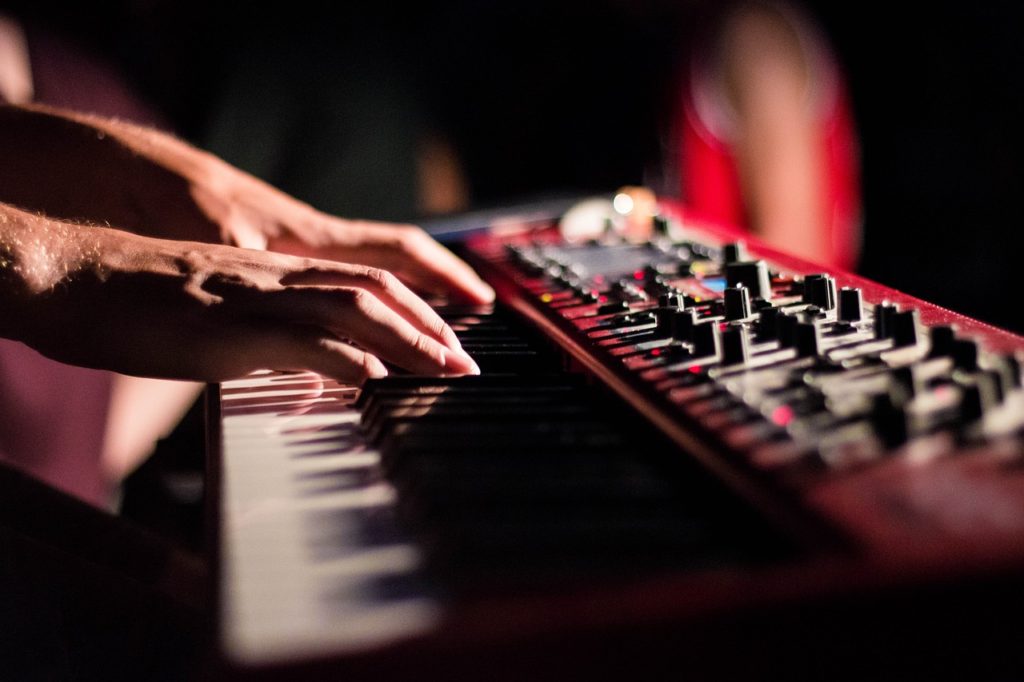Have you always wanted to sight sing music, but found it too hard? Shape notes can help. Also, last post centered on singing melodies with a specially tuned synth-organ sound. Namely, we focused on harmonic tuning. This week we will look at the same melodies, but from the angle of melodic tuning. Most of the examples have sing-along sound tracks, but the last example is a shape note sight singing quiz. Read more to experience shape note sight singing success. Estimated reading time 6 minutes.
Read More

